|
19th April 2022 It's a Tuesday and we're at The Sovereigns with the Woking Gaming Club. Mesopotamia; source of much history, a birthplace of the world's early civilisations. Also the source of many board games, one of them being Babylonia. Take on the role of a merchant dynasty and attempt to create the most lucrative trade routes. What's in a game?
Babylonia's components are all good. the cards are actually as chunky as the tokens. The remaining components. the tokens and ziggurats are all constructed of wood and feel high quality. The stands are a nice touch. The artwork used on the board is good and portrays what I imagine to be a suitably middle-eastern landscape for Mesopotamia. It is perhaps a little too busy and distracts the eye, however, the hexes help to make the layout clear. The cards all use the same illustration which is a little bland. For the most part, iconography is easily understood. Only some of the ziggurat cards are not immediately clear and will require looking up in the rule book but that only applies when and if the card comes into play. Nothing that would be a problem or approaching a dealbreaker. How's it play? Setup
On to play Babylonia uses a standard turn structure with the active player taking their turn before play moves to the left. In their turn, there are 3 phases active player must complete.
Endgame Play continues until 1 of the following 2 criteria are met: A player has no tokens on their stand. Or There are only 1 or 0 city tiles left on the board. In either case, the game ends immediately! Points are tallied, highest score wins. Overall
If you were to look at a game of Babylonia in progress, you'd be forgiven for thinking that with all these tokens in play at the same time that it's a complicated game but it's not. From the rules write up above there's not too much to learn but like all good games, there's a lot to think about. Right from the start Babylonia provides players with meaningful decisions to make and several paths to scoring VPs which can be prioritised. Often these will vary in value contextually and in relation to other decisions. There will be short term and long term goals. Take ziggurats for example, a player may put tokens next a number of different ziggurats to score points as efficiently as possible but may also choose to concentrate on a single one in order to secure a card. However, taking too long to gain majority on a Ziggurat may lose you some actions. Cards themselves will change in importance, those with continuous ability will be most exploitable in the early game and those with once-only bonuses will be important in the late game - provided of course, that someone else hasn't beaten you to the punch. Farms and cities have an interesting relationship, getting cities quicker than other players can earn a lot of VPs when some farms are scored or more city tiles are acquired. But city tiles need to be surrounded to score - unlike farms which can score immediately. Sometimes It may also take more actions to surround a city; if it looks like a player is going to get majority in a city (Or ziggurat actually.) other players wont be incentivised to complete it early for another player's benefit. Finally, there's the network of tokens that players will create, their trade routes. Finding ways to connect nobles to matching city tiles on other parts of the board can be a good source of points. Especially if a noble can be connect to multiple cities, a city can only be scored once so getting another use out of already played token is useful. It's here small token plays can have big outcomes. Sometimes players will want to put specific nobles into player or sometimes use farmers for rapid expansion. All of this is dependant on what tokens get drawn though. It's likely that something will not go to plan thanks to other players. Adapting to circumstances can also be important. Paying attention to what other players are doing is also vital since - apart from what's on a player's stand - everything is open. It means that it's likely that getting majority will eventually become a race as players' objectives clash and anticipating those objectives can make a difference. With straightforward rules and a brisk playing time, Babylonia is fairly accessible but also provides players with meaningful decisions. I enjoyed it and would recommend it.
0 Comments
Leave a Reply. |
AuthorI play, I paint. Archives
March 2024
Categories
All
|

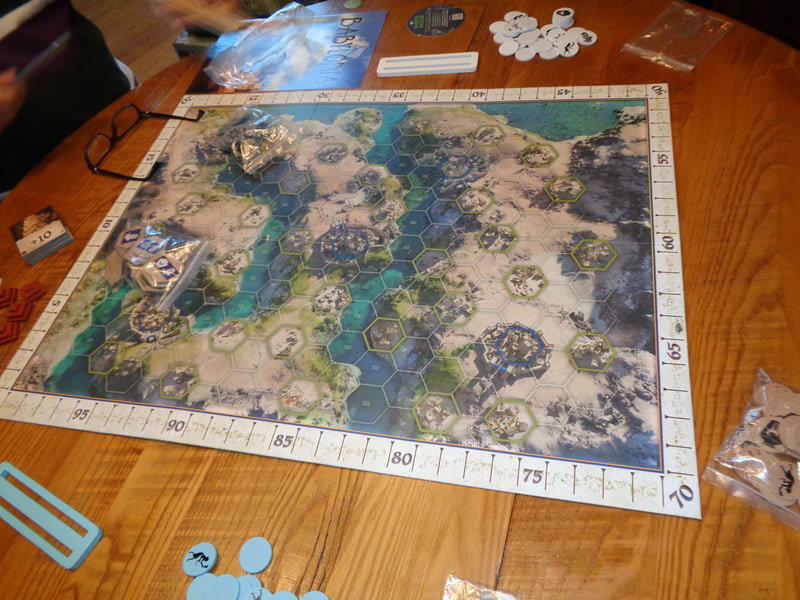
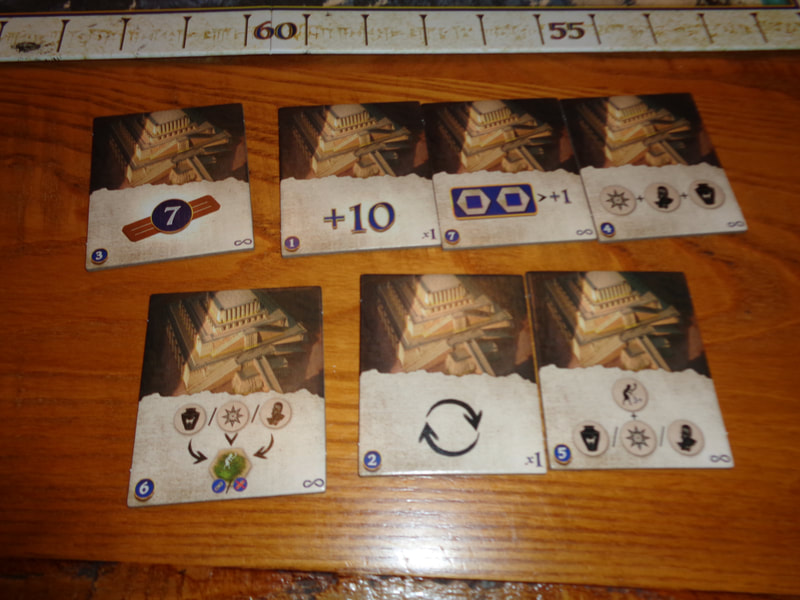
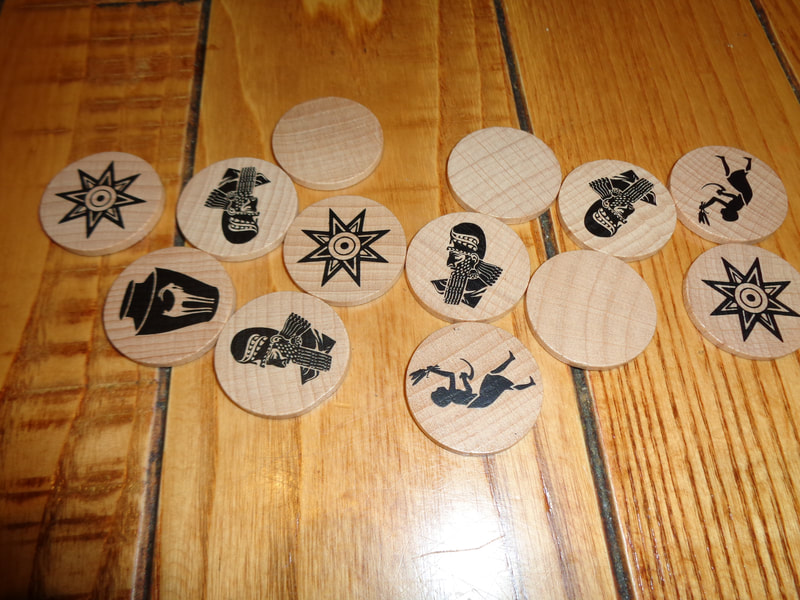
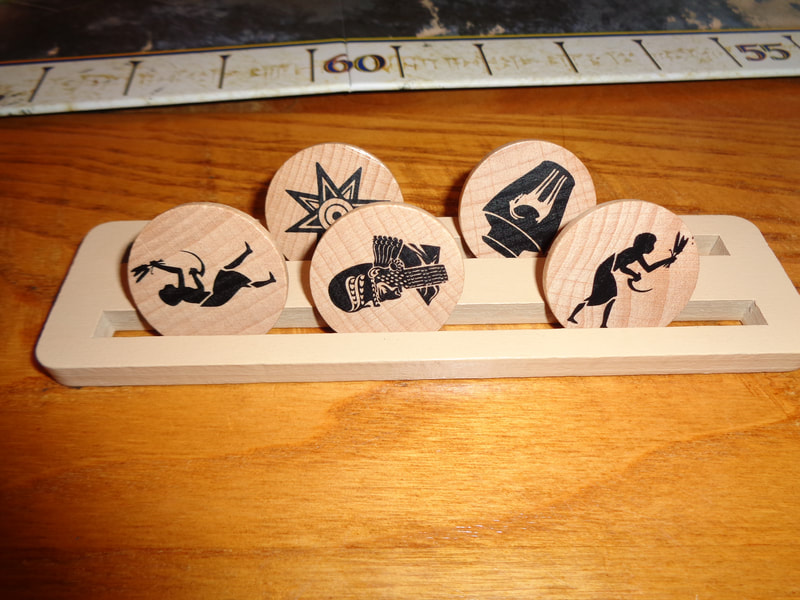
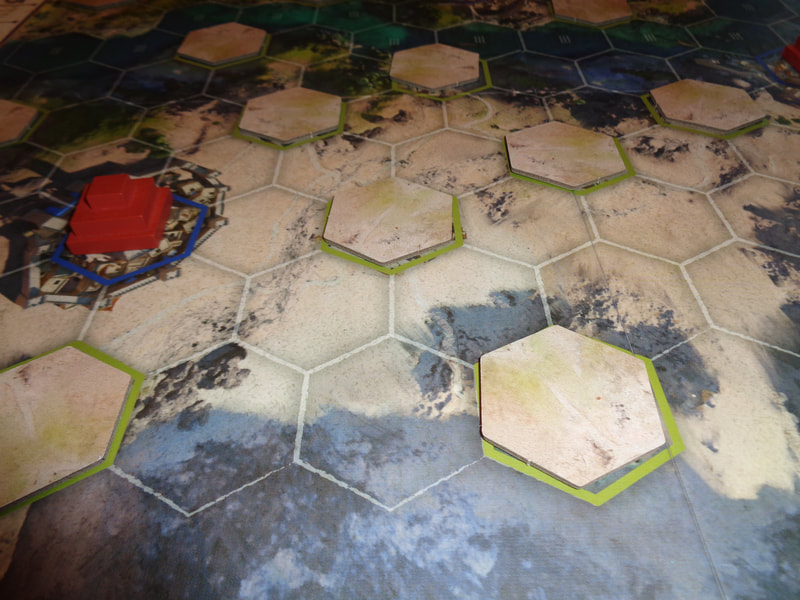
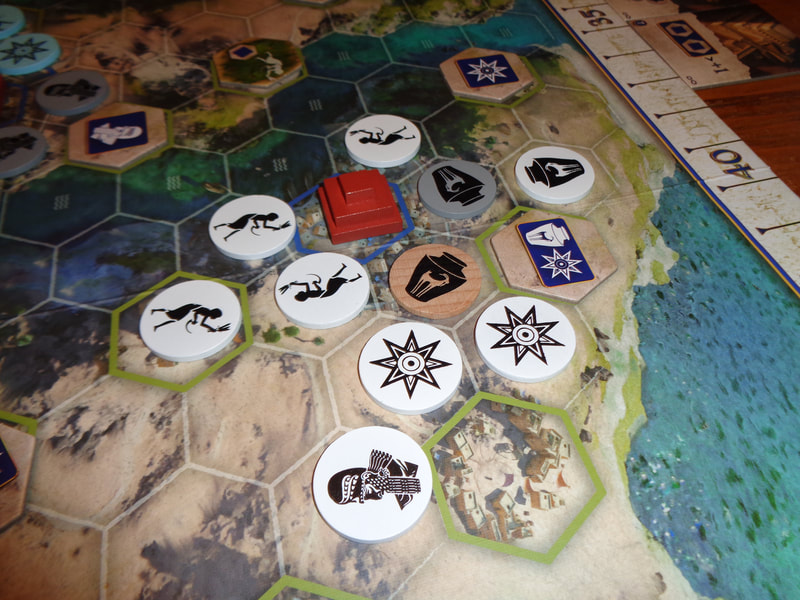

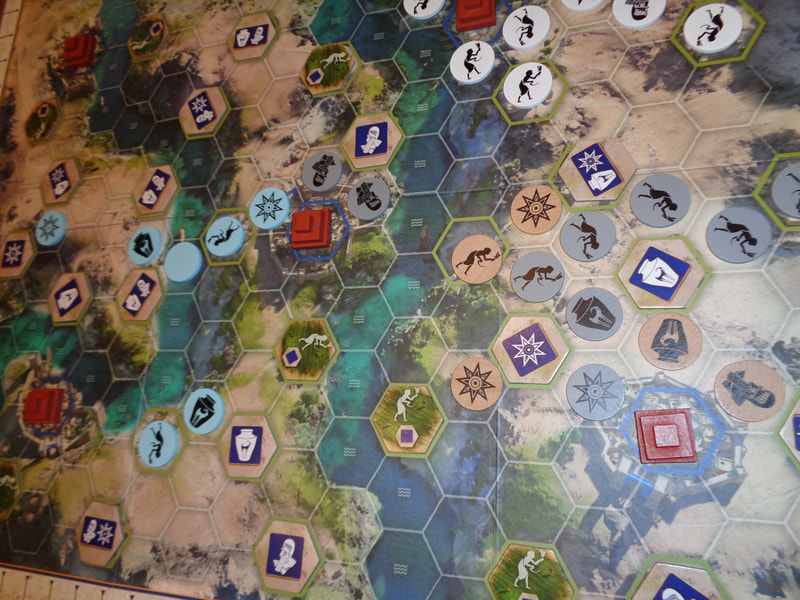
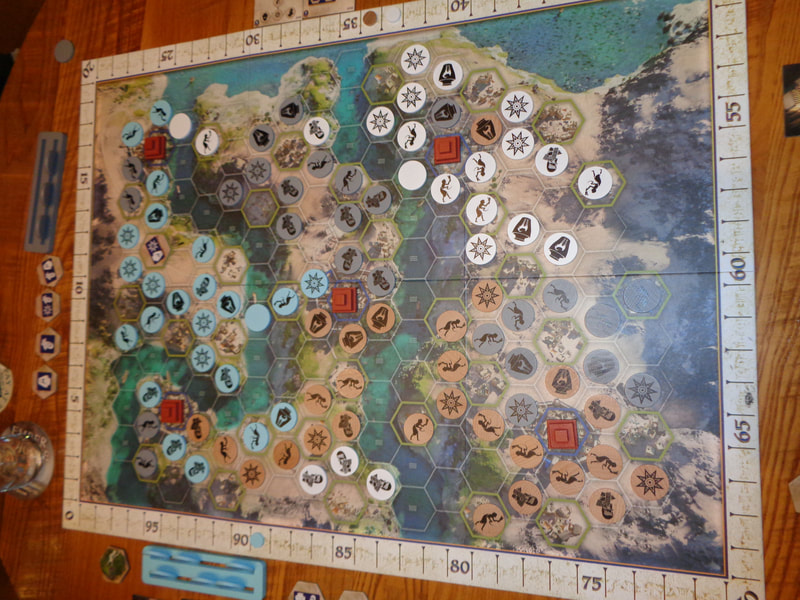
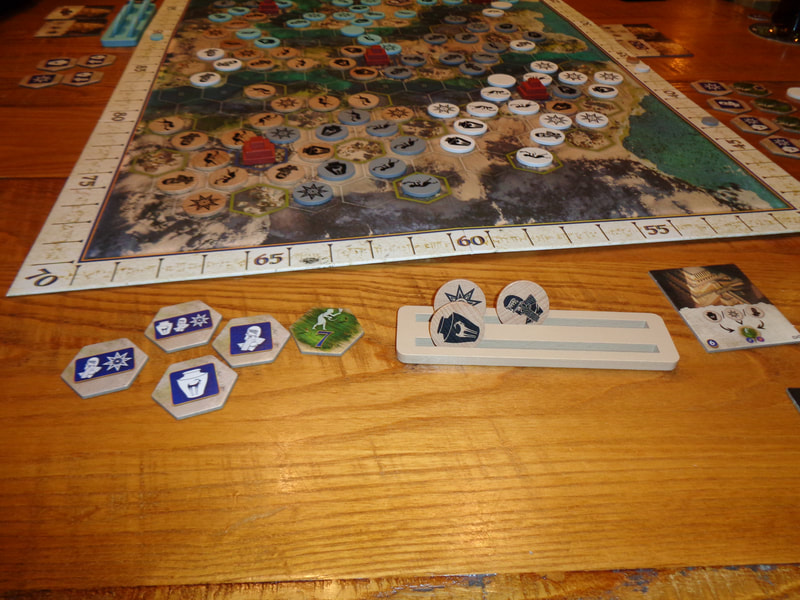
 RSS Feed
RSS Feed
